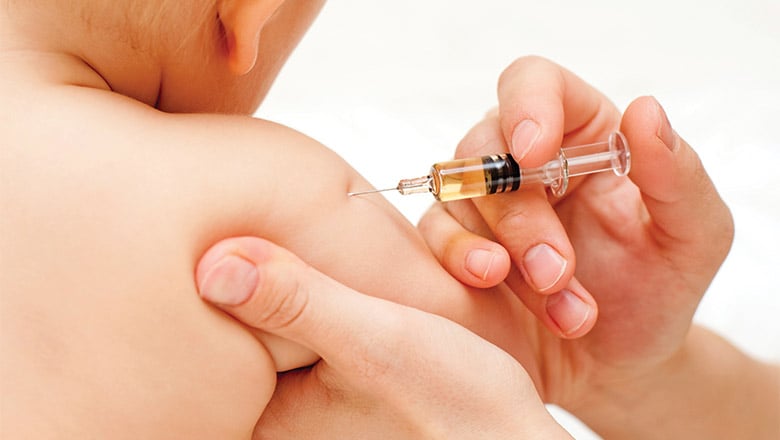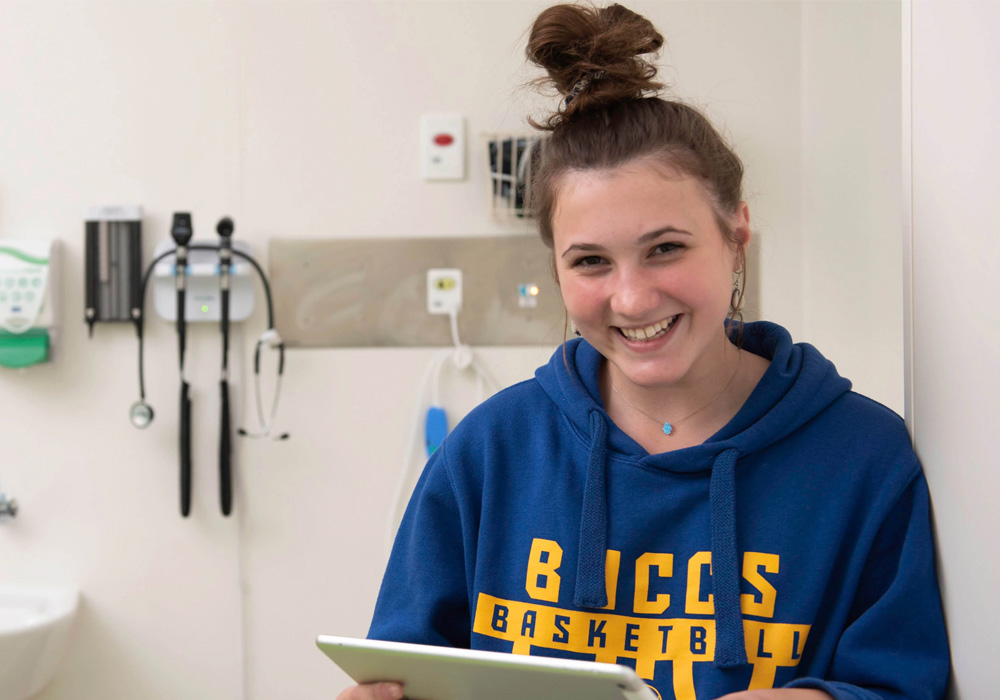Search

News & Events
Extra whooping cough shot to protect your bubToddlers will now get an additional whooping cough vaccine to protect them against the potentially deadly disease.

The Infectious Disease Implementation Research Team is a multi-disciplinary group researching the best way to implement infectious disease prevention and treatment strategies to improve the wellbeing of children and teenagers.

News & Events
Taking on a common respiratory infection in kidsMapping when Respiratory Syncytal Virus (RSV) reaches its seasonal peak will assist how future vaccination programs are carried out.
Research
Association between vaccination status, symptom identification and healthcare use: Implications for test negative design observational studiesTo test the internal validity of the test-negative design (TND) by investigating associations between maternal influenza vaccination, and new virus detection episodes (VDEs), acute respiratory illness, and healthcare visits in their children.
Research
Off-target effects of bacillus Calmette-Guerin vaccination on immune responses to SARS-CoV-2: implications for protection against severe COVID-19Because of its beneficial off-target effects against non-mycobacterial infectious diseases, bacillus Calmette-Guérin vaccination might be an accessible early intervention to boost protection against novel pathogens. Multiple epidemiological studies and randomised controlled trials are investigating the protective effect of BCG against coronavirus disease 2019 (COVID-19).
Research
The short term safety of COVID-19 vaccines in Australia: AusVaxSafety active surveillance, February – August 2021To assess the short term safety of the COVID-19 vaccines Comirnaty (Pfizer–BioNTech BNT162b2) and Vaxzevria (AstraZeneca ChAdOx1) in Australia.
Research
COVID-19 in children: I. Epidemiology, prevention and indirect impactsChildren globally have been profoundly impacted by the coronavirus disease 2019 (COVID-19) pandemic. This review explores the direct and indirect public health impacts of COVID-19 on children. We discuss in detail the transmission dynamics, vaccination strategies and, importantly, the ‘shadow pandemic’, encompassing underappreciated indirect impacts of the pandemic on children.
Research
Examining prescribing, timeliness and data recording of immunisations onto a national electronic immunisation register for inpatients at a tertiary paediatric hospitalThe aim of this study was to investigate the quality and adherence of inpatient immunisation prescribing, as well as timeliness and recording of immunisations onto the national immunisation register, within a tertiary paediatric hospital setting. We conducted an observational, retrospective review of inpatient immunisations at Perth Children’s Hospital from July 2018 to February 2019.
Research
BCG vaccination to reduce the impact of COVID-19 in healthcare workers: Protocol for a randomised controlled trial (BRACE trial)BCG vaccination modulates immune responses to unrelated pathogens. This off-target effect could reduce the impact of emerging pathogens. As a readily available, inexpensive intervention that has a well-established safety profile, BCG is a good candidate for protecting healthcare workers (HCWs) and other vulnerable groups against COVID-19.
Research
Immunisation with the BCG and DTPw vaccines induces different programs of trained immunity in miceIn addition to providing pathogen-specific immunity, vaccines can also confer nonspecific effects (NSEs) on mortality and morbidity unrelated to the targeted disease. Immunisation with live vaccines, such as the BCG vaccine, has generally been associated with significantly reduced all-cause infant mortality. In contrast, some inactivated vaccines, such as the diphtheria, tetanus, whole-cell pertussis (DTPw) vaccine, have been controversially associated with increased all-cause mortality especially in female infants in high-mortality settings.
